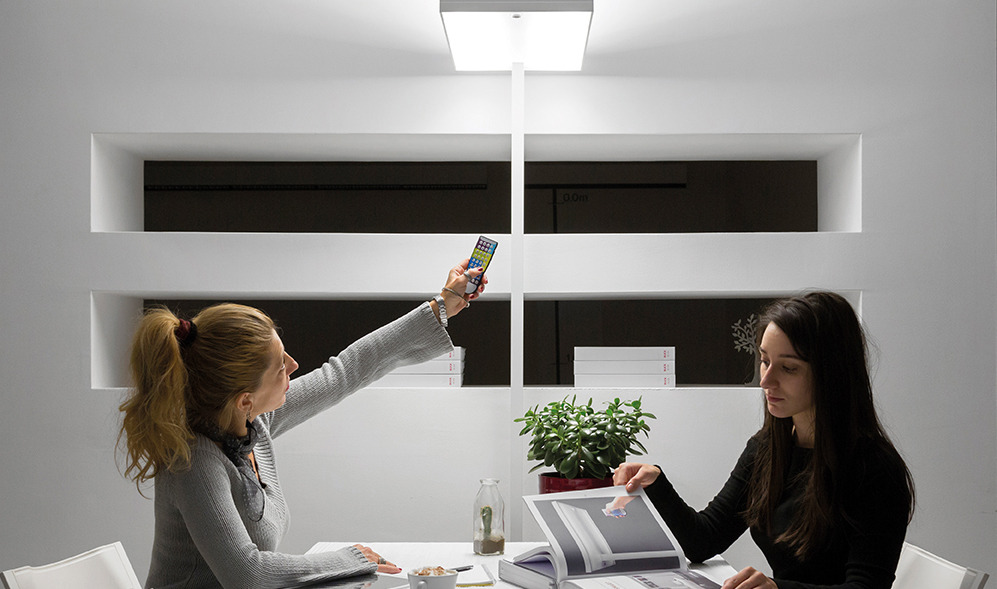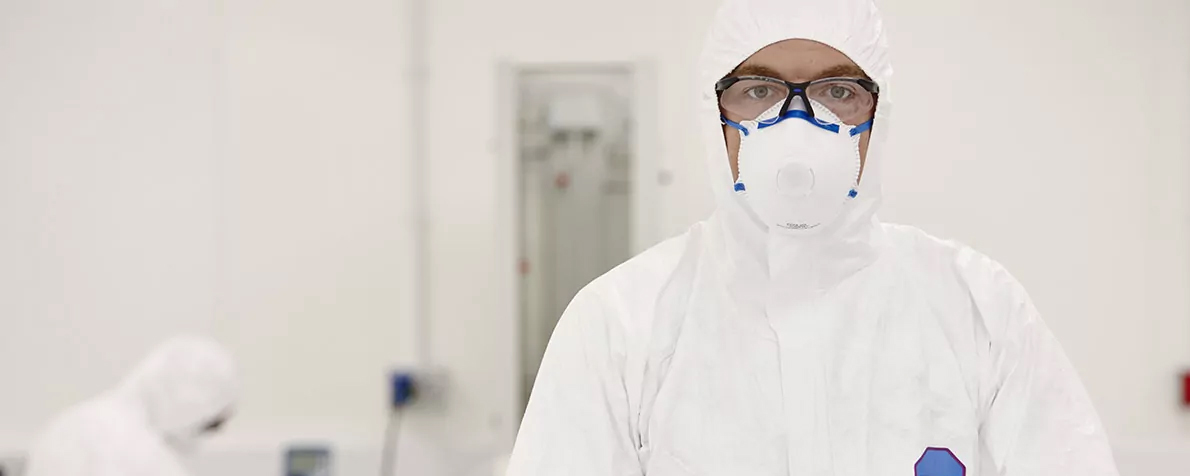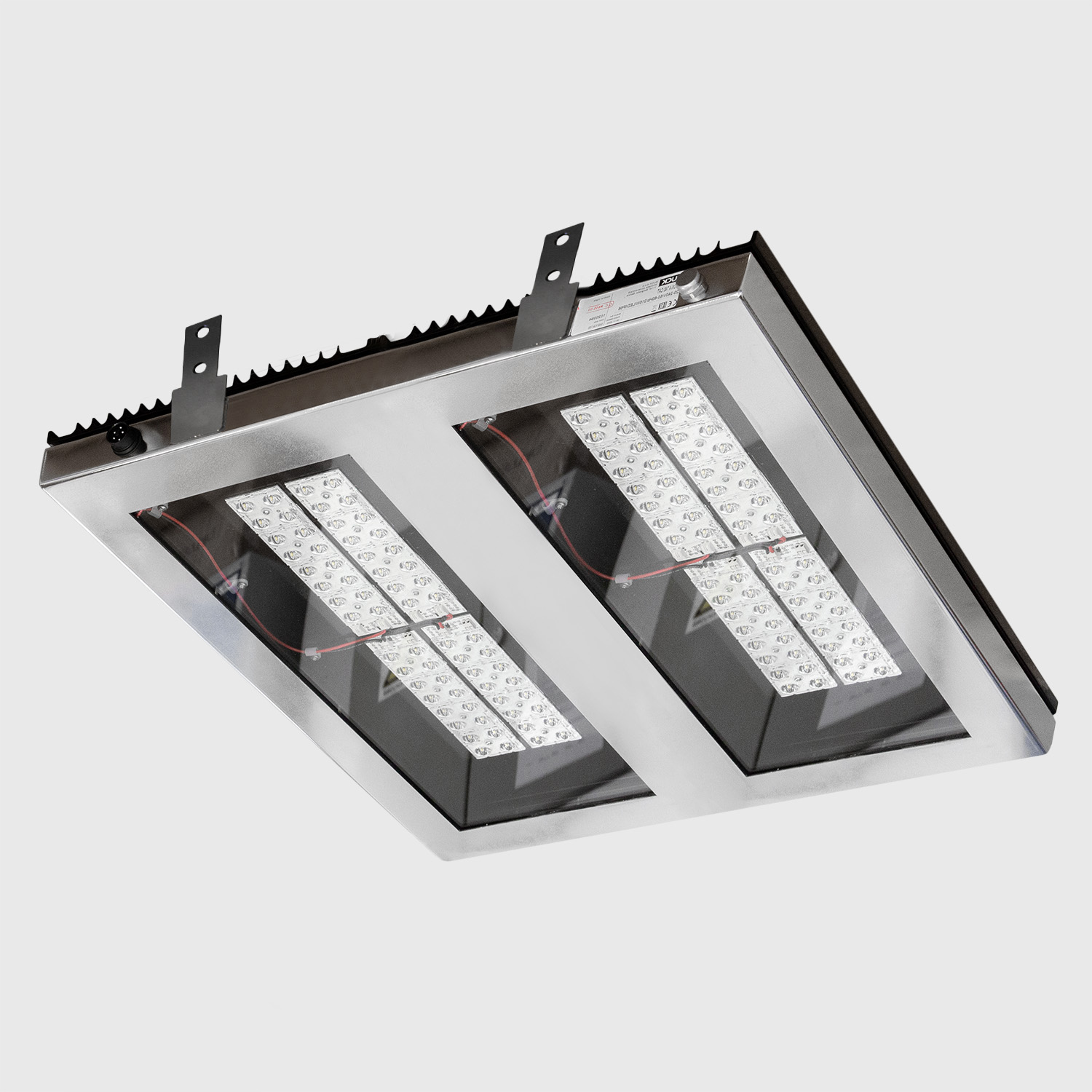Our eyes are very sensitive organs that are inseparably connected to light. Even the eyes of microorganisms, which don’t have a complex optical system, can recognize light and dark, which is enough for their circadian rhythm to function.
Natural light is the most pleasant for our eyes. In addition, sunlight is one of the key factors in improving mood and increasing vitality. It is also a very important source of vitamin D, which prevents the development of various eye diseases at the same time it is the basis for strong bones, strong muscles and teeth, better brain function, and a healthy heart. Just 15 minutes a day is enough to meet our body’s daily requirement for vitamin D.

However, the modern lifestyle requires you to spend most of your day indoors and doesn’t allow you to make sufficient access to natural light, so artificial lighting has become more important. Artificial lighting can have both positive and negative effects on your health and eyesight. Adequate lighting can protect your vision and reduce eye tension. Here’s what you should consider…
Avoid fluorescent lighting
This type of lighting emits ultraviolet rays that can lead to vision problems over time. If you have to use fluorescent lighting in your tasks, keep it at least one meter away. Also pay attention if there is any multi-tube fluorescent lighting in your environment, as it emits even more ultraviolet rays than single-tube lighting, which can further affect your health.
Ultraviolet Rays and Blue Light
Two sources of blue light can negatively affect the health of our eyes – natural and artificial.
As for the sunlight, we are talking about the blue-violet UV rays, from whose harmful effects we can protect ourselves by wearing sunglasses, while the artificial sources are all digital devices and low-quality LED lighting or LED lighting with high-intensity blue light.

According to reports from the French Agency for Food, Environment, Health, and Safety (ANES), the blue light emitted by LED lighting can damage the retina. However, these studies have also shown that using “warm white” LED lighting significantly reduces the risk of phototoxicity, unlike traditional lighting, making this type of lighting the safest source of artificial light for your eyes.
Exposure to blue light in the evening can disrupt circadian rhythms and the sleeping pattern, which can further affect metabolic disorders such as diabetes and cardiovascular disease, and that is why it is recommended not to use digital devices for at least one hour, and optimally 2-3 hours before bedtime. Another thing that experts warn about, and that you should pay attention to protecting your eyes during these hours, is reading from digital devices in the dark, where you are directly exposed to the negative blue light from digital devices.
How do we protect our eyesight from digital devices during the day?
Once we’ve provided enough quality lighting in our facilities, whether it’s natural or artificial, we still need to protect our eyesight from the blue light emitted by digital devices. Your next step is to buy protective glasses for your computer. Especially if your workplace includes working on a computer, phone, or tablet for most of the day. They can prevent symptoms such as blurred vision, red and strained eyes, and headaches.
Also, include an eye exercise known as the “20-20-20 rule” in your routine. What is its essence? After 20 minutes spent at the computer, take a break, and look away (at a distance of 20 feet, which is 6 meters) for at least 20 seconds. This way, you will relax your eye muscles.

Try to avoid glare and shadow
Whether you work from your office or home, try to make sure that your main source of light is natural lighting or a combination of general room lighting (not positioned directly above your work surface) and a lamp located to your left or right. Avoid direct lighting above your head as the main source. Intense direct lighting can create a glare that is unpleasant to your eyes and can also cause watery eyes.
If you are lucky enough to have sufficient natural lighting in your office or home, place your desk in such a way that the sunlight will not cast a shadow at any point during the day and thus not cause additional strain on your eyes.
In rooms where there is poor or no natural light, the best option is to use circadian LED lighting, which imitates the conditions of the natural environment, from which we are separated during most of the day. The ARIA SMART HCL, luminaire, with automatic control of the daily light cycle via mobile app, as well as uniformly diffused light and glare protection, has such characteristics in our product range.

Control the light intensity
The strong light intensity can also damage the retina. Just as it is not advisable to look directly at the sun, you shouldn’t be exposed to intense artificial light. It can put a lot of strain on the visual system and cause headaches and other health problems. Even mobile devices have developed apps that reduce the intensity of screen light in certain conditions and during the night, with the optional ability to reduce the amount of blue light. In the same way, you can adjust the intensity of lighting in your homes. Choose light fixtures with the ability to adjust the intensity of light, so that you can create the most pleasing ambiance for the eyes, depending on the time of day.

LED lighting and reading
If you’re a good book lover or you spend your evenings organizing documents, reading handbooks, or studying, choose a warm white LED lighting with a colour temperature of up to 3000K.
Our quality of life depends on ourselves. Take the necessary steps to protect yourself and your eyesight from the harmful effects of the environment. At work, try to provide yourself with enough natural light or replace the lack of natural light with high-quality LED light sources. If possible, provide your workplace with circadian LED lighting that mimics the natural rhythm of daylight and thus prevents disruption of your biological rhythm. Lastly, protect your eyes from the negative effects of digital devices and blue light by using appropriate computer safety glasses.











